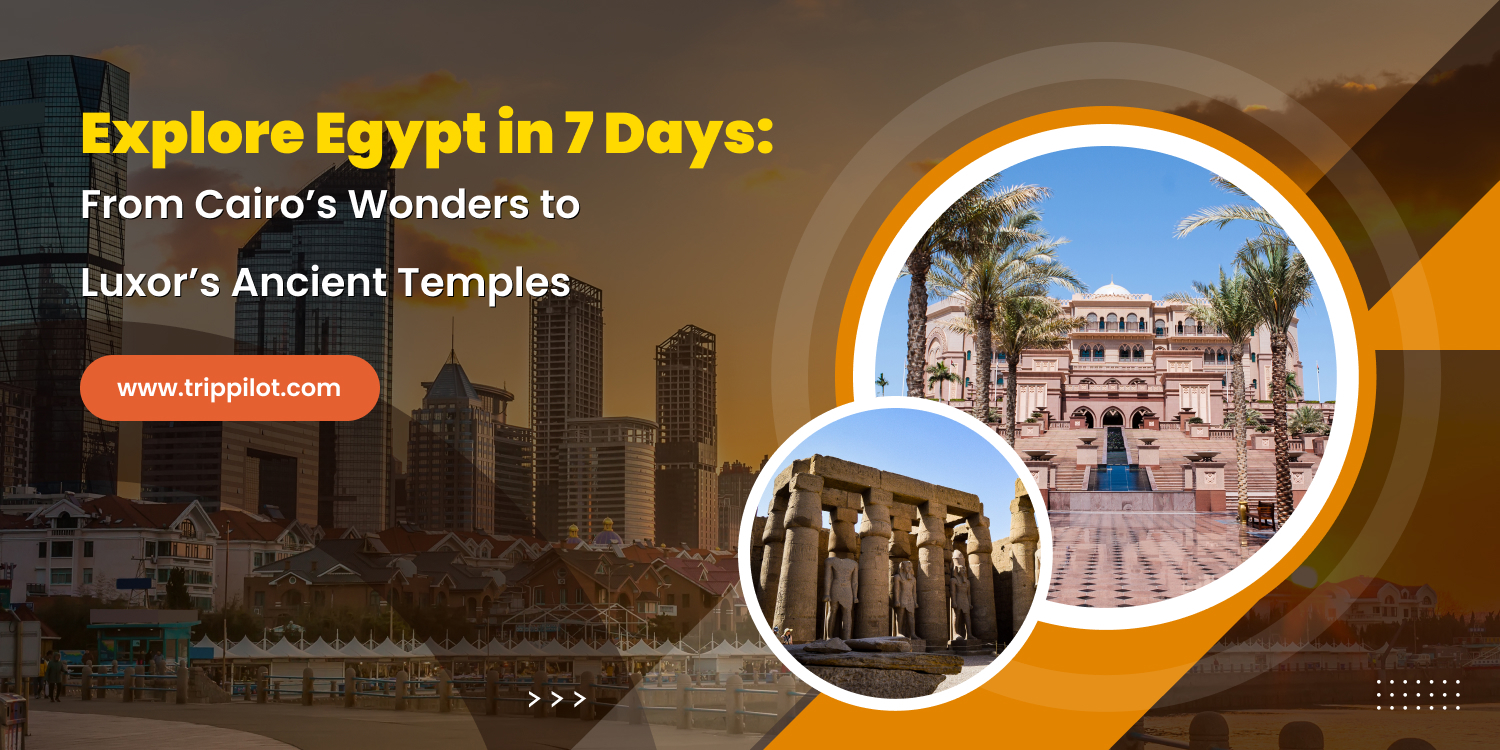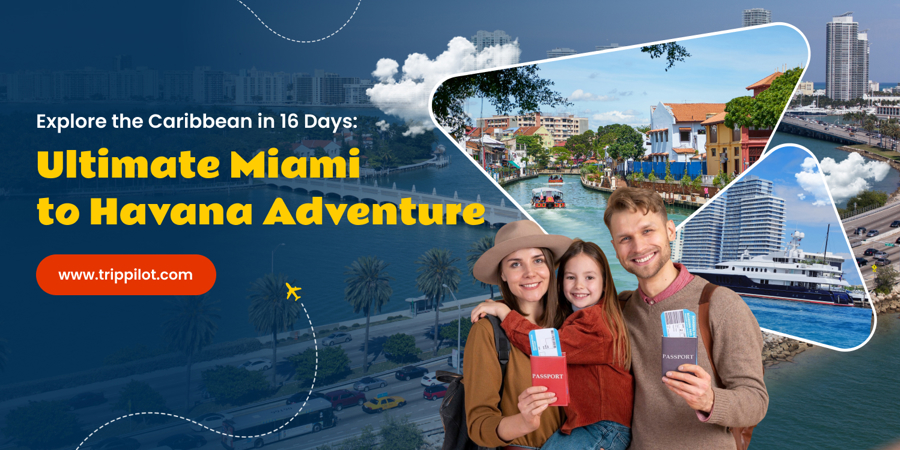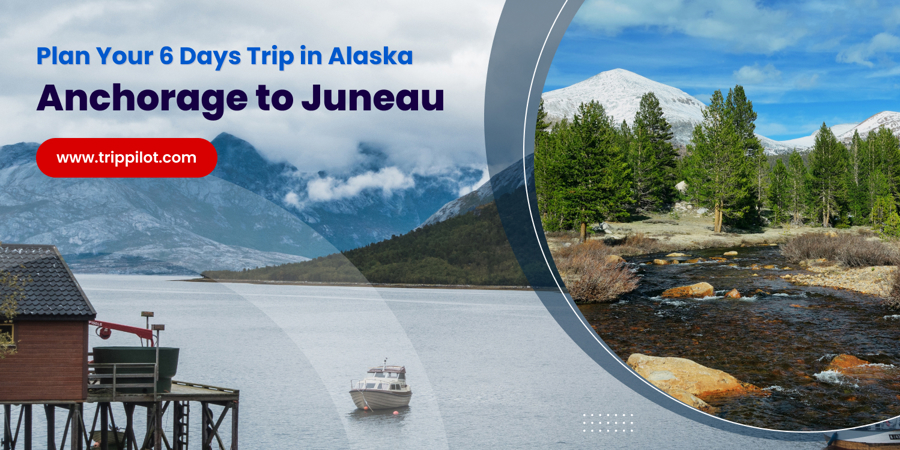You step out of your hotel at dawn, the air shimmering with desert heat, and there, before you, the Great Pyramid of Giza looms in golden light. Your heart thumps is this really real? That moment of awe, followed by the hum of morning prayers and the distant call to prayer echoing across centuries, is how your seven-day Egypt journey begins. In the coming week, you’ll drift from ancient Pharaohs to modern cafés, sail down the Nile by felucca, bargain in Khan el-Khalili souks, and stand beneath the imposing columns of Karnak. With TripPilot guiding your itinerary, you won’t be fumbling through tourist traps instead, you’ll follow an AI-powered travel plan tailored to your pace, interests, and budget. Let’s journey from Cairo to Luxor and discover Egypt like you never thought possible.
Key Takeaways
- Seamlessly plan your week-long Egypt itinerary, including Giza, Aswan, Luxor & local hidden gems with TripPilot’s AI planner.
- Experience iconic landmarks (pyramids, temples, tombs) plus immersive local culture (food, markets, Nile views).
- Navigate transport (flights, trains, Nile cruise) and logistics with up-to-date tips on safety, visas, and seasonal timing.
- Maximize your budget through insider advice (timing visits, bargaining, local transit) while feeling confident in your plan.
- Use TripPilot’s intelligent suggestions to customize dining, hotel choices, timing optimization, and off-the-beaten-path experiences.
Day 1: Arrival in Cairo & Giza Pyramids by Sunset
You fly into Cairo International Airport, exhausted yet exhilarated. After checking into a centrally-located hotel in Giza or Downtown Cairo, you have just enough time to rest before heading to the Giza plateau for your first sunset encounter with the pyramids.
Experience & Local Insight:
Arriving in Cairo can be chaotic: heavy traffic, enduring lines, and language barriers. But once you settle into the rhythm, the city’s pulse becomes magnetic. The Pyramids of Giza, the Great Pyramid, the Sphinx, and surrounding necropolises are jaw-dropping, even at a distance. Visiting at sunset softens the glare, offers dramatic photography light, and avoids midday heat.
Travel Tips:
- Entry fee: Buy tickets at the site or online in advance to avoid lines.
- Timing: Go around 4 pm to catch golden-hour light on the stones.
- Dress: Lightweight clothes, a scarf for the sun, and modesty when visiting nearby mosques.
- Navigation: Use ride-hailing apps in Cairo (SuperGo, Careem) for safer transport after dark.
Personal Travel Planner recommends your best visit time based on weather, crowd data, and your arrival schedule. It also helps you build a custom trip by suggesting nearby dining and evening activities tailored to your preferences.
Day 2: Cairo’s Ancient & Modern Blend — Museum, Citadel & Old Cairo
Begin the day at the Egyptian Museum of Antiquities (or the Grand Egyptian Museum, if open), exploring thousands of artifacts, including Tutankhamun’s treasures. Wander into the historic Islamic quarter to the Citadel of Salah al-Din and then explore the bustling Khan el-Khalili bazaar.
Experience & Local Insight:
Cairo is more than pyramids. The museum’s collection connects you to the Pharaohs. At the Citadel, enjoy sweeping views of Cairo alongside medieval mosques. Khan el-Khalili immerses you in centuries-old trading tradition: the smell of spices, gleaming brassware, and the rhythm of bargaining.
Travel Tips:
- Buy “skip the line” tickets for the museum or schedule early morning arrival for fewer crowds.
- Dress modestly when visiting mosques.
- Keep small change ready when bargaining in Khan el-Khalili.
- Sample local coffee or mint tea in historic cafés inside the bazaar.
AI travel planner suggests the optimal visiting order (Museum → Citadel → Bazaar) based on current opening hours, crowd predictions, and your sleep pattern. It can also generate a walking-map overlay to minimize your travel time between sites on your phone.
Day 3: Fly to Aswan & Begin Nile Cruise or Stay Overnight at Elephantine Island
On your third day, travel south by air to Aswan, the southern gateway to Nubian-style culture and the launch point for many Nile cruises or felucca trips. Spend the evening exploring the Nubian Village or relaxing near Elephantine Island.
Experience & Local Insight:
Aswan’s atmosphere is calmer, slower. The Nile widens, the sunset glows over river islands, and local Nubian art traditions flourish. Overnighting near Elephantine gives you a taste of laid-back river life before the busy temple visits that follow.
Travel Tips:
- Book a domestic flight from Cairo → Aswan well in advance (or consider an overnight sleeper train).
- Ask your hotel about arranging a felucca ride at sunset.
- Keep mosquito repellent handy, especially around river edges in the evening.
TripPilot’s Custom Travel itinerary feature compares flight options and synchronizes your check-in, local transport, and boat rides — turning your itinerary into an efficient, real-time plan.
Day 4: Abu Simbel & Kom Ombo en route to Luxor
Today you’ll either take an early-morning drive to Abu Simbel or board the Nile cruise as it heads north-to-south (depending on your cruise route). Later, you’ll stop at Kom Ombo and then continue to Luxor by evening.
Experience & Local Insight:
Abu Simbel’s temples are extraordinarily carved into rock, relocated piece by piece to avoid flooding. Kom Ombo, the dual temple shared by Sobek and Horus, is dramatically perched by the river. Reaching Luxor by nightfall lets you settle in before the big day of temple-hopping ahead.
Travel Tips:
- Abu Simbel visit usually requires either an organized tour or coordination through your cruise operator. It may require early wake-up (4 a.m. departure in many cases).
- Bring plenty of water and sun protection.
- Check visa-entry rules or tour permits for border regions (especially near Sudan-adjacent zones).
TripPilot’s algorithm calculates transit times from Aswan → Abu Simbel → Kom Ombo → Luxor, shows hotel options in Luxor near the Nile Corniche, and populates your day with recommended lunch stops and safe rest breaks.
Day 5: Luxor East Bank — Karnak, Luxor Temple & Local Artisan Markets
Your fifth day begins with sunrise at Karnak Temple, one of the largest religious complexes ever built, followed by a visit to Luxor Temple as dusk descends. In between, pause for lunch at a riverside café, and visit local artisan workshops (papyrus painting, alabaster crafts).
Experience & Local Insight:
Karnak’s sheer scale humbles you vast columns, hypostyle halls, and hieroglyphic carvings that shine in the early morning light. Luxor Temple glows under golden hour and is often less crowded at dusk. Nearby artisan stalls are family-run; you can often meet the makers and learn about papyrus-making or alabaster carving traditions passed down through generations.
Travel Tips:
- Buy a “combined ticket” if available for multiple temple sites to save money.
- Visit Karnak before 10 a.m. to avoid peak heat.
- Negotiate gently at craft shops; prices are often fixed but you can sometimes ask for small discounts.
- Beware of pushy souvenir vendors; always ask to see sample before purchasing.
How TripPilot Helps:
TripPilot’s free vacation trip planner syncs temple hours, crowd patterns, and local dining spots, making your day flow smoothly. You can easily create a travel itinerary online with built-in time slots and live navigation.
Day 6: West Bank Luxor — Valley of the Kings, Hatshepsut & Luxor’s Rural Villages
Cross the Nile to the West Bank and spend the day exploring the Valley of the Kings, Queen Hatshepsut’s Temple at Deir el-Bahri, and lesser-visited tombs. In the afternoon, consider a bicycle ride through farming villages or take a hot-air balloon flight above Luxor.
Experience & Local Insight:
The Valley of the Kings houses tombs of pharaohs like Tutankhamun and Ramses II. The arid cliffs contrast with lush Nile plains. The village ride offers a glimpse into present-day Egyptian rural life — farmers, date palms, and feluccas drifting in the distance. Hot-air balloon rides (weather-permitting) provide bird’s-eye vistas of temple ridges and farmland.
Travel Tips:
- Book your Valley of the Kings ticket ahead; some tombs require extra permits.
- Balloon flights usually depart at sunrise and require early booking.
- Bring plenty of water, sunscreen, and a wide-brimmed hat are essentials.
TripPilot’s Personal Travel Planner adapts your itinerary to weather conditions and notifies you of real-time entry ticket availability.
Day 7: Return to Cairo or Optional Extension to Dendera & Abydos
On your final day, you may choose to fly or take a sleeper train back to Cairo. Alternatively, extend your trip slightly to Dendera and Abydos, two less-crowded temple sites north of Luxor, before departure. Then finish with a farewell dinner in Cairo or shopping in local markets.
Experience & Local Insight:
Dendera’s Hathor Temple and Abydos (Osirion) are quieter, off-the-beaten-track alternatives, giving you more spiritual depth away from tour buses. If you return directly to Cairo, consider a late-night flight departure and relax with a Nile River cruise dinner or rooftop café overlooking the city.
Travel Tips:
- Check domestic flight vs train schedules; sleeper train saves time and gives overnight rest.
- Allocate buffer time for airport transfers in Cairo (traffic delays apply).
- Ensure you have currency exchange and tipping cash ready.
TripPilot can build a custom trip extension, adding new destinations with one click. Its AI travel planner evaluates costs and travel time to streamline your final day.
Frequently Asked Questions
What is the best time to visit Egypt for a 7-day itinerary?
The ideal period is between October and early April. During these months, daytime temperatures remain comfortable (typically 20–30 °C), especially for outdoor temple visits. Summer months (June–August) can be extremely hot, especially in Upper Egypt.
Do I need a visa to travel to Egypt?
Most travelers require an e-visa before arrival. You can apply online through Egypt’s official e-visa portal. Make sure your passport has at least six months’ validity. Check the current visa rules for your nationality.
Is it safe to travel around Egypt independently?
Egypt is generally safe for tourists, especially in major tourist destinations such as Cairo, Luxor, and Aswan. However, stay aware of your surroundings, avoid travelling alone at night in unfamiliar neighborhoods, follow local customs and dress modestly, and always use registered transport services. TripPilot can offer up-to-date safety alerts and peer reviews for your selected hotels and neighborhoods.
How much does a 7-day Egypt itinerary cost?
Costs vary widely depending on your hotel class, transport choices, and activities. A mid-range traveler might expect USD 1,200–1,800 per person, including flights within Egypt, hotels, entrance fees, and some meals. TripPilot’s budgeting tool estimates your personalized cost based on real-time hotel rates, flight fares, and optional upgrades.
Can I customize this itinerary for solo travel or group travel?
Yes — TripPilot’s AI planner allows you to adjust for solo vs group preferences, budget levels (backpacker / mid-range / luxury), pace (relaxed vs fast-paced), and interests (history, photography, food).
Conclusion
From the moment you breathe in the dust-laced air at the foot of the Pyramids to drifting along the Nile at dawn, this 7-day journey through Egypt is as unforgettable as it is diverse. You’ve touched civilizations thousands of years old, shared moments with locals, tasted timeless cuisine, and witnessed deserts glow under ancient stone. Whether you’re navigating markets in Cairo or crossing the Nile into Luxor’s valley tombs, your travel story is richer when guided by smart, personalized planning.













_900x450.jpg)




_900x450.png)






